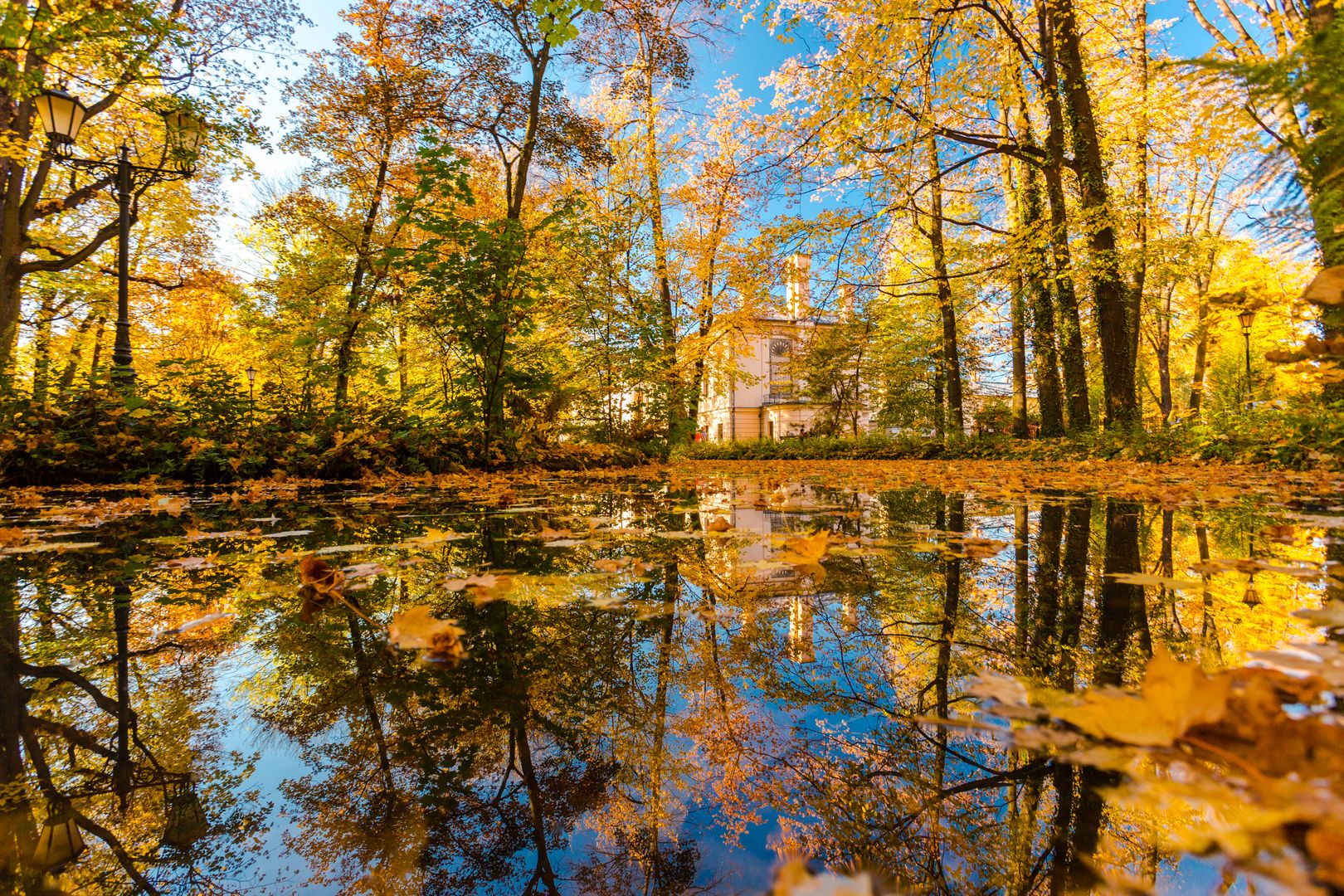Żywiec Park
6.98

Overview
Żywiec Castle Park is a historic site with a rich history dating back to the beginning of the 18th century. It was established in 1712 on the initiative of the Wielopolski family, adjacent to Żywiec Castle. Its original architectural layout was inspired by Italian gardens, with regular plots and pathways intersecting at right angles. The park also featured elements such as an orangery from 1715 and a fountain from 1720, while the garden architecture was represented by the Chinese Pavilion, built in an octagonal style and adorned with the Wielopolski family coat of arms.
In the 19th century, under the direction of Adam Wielopolski and gardener Jan Merk, the park underwent a significant transformation. In 1838, it was handed over to the Habsburgs, who expanded its area. At the turn of the 19th and 20th centuries, as well as in the 1930s, numerous decorative elements in the English style were introduced, and the park gained new features such as a scenic meadow, a fountain pool, and a rose garden. In 2007, a city stable with a mini-zoo was opened, and in 2009, the park and the Habsburg Palace underwent revitalization. In the following years, a Miniature Park was opened, and a bench dedicated to Alice Habsburg was unveiled. An interesting event was the planting of the "Tadeusz" oak tree in 2023, commemorating Tadeusz Jänich. In October 2023, construction began on a brine graduation tower, which was launched in April 2024.
Żywiec Castle Park is an important cultural and historical element of the region, serving as a place for strolls and events that connect residents with their heritage.
Location
Tickets
Powered by GetYourGuide
You can also find here:
2025 Wizytor | All Rights Reserved
